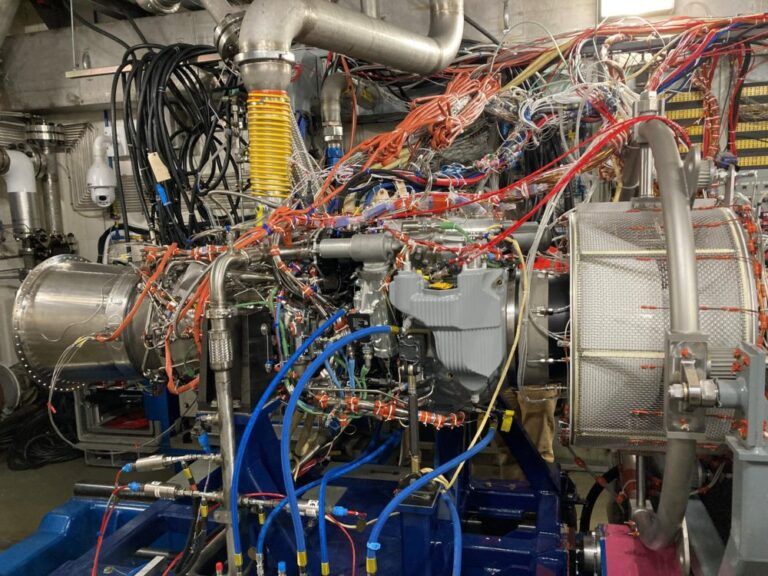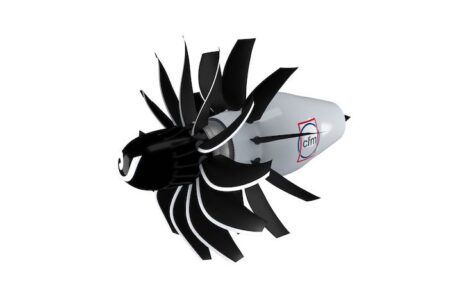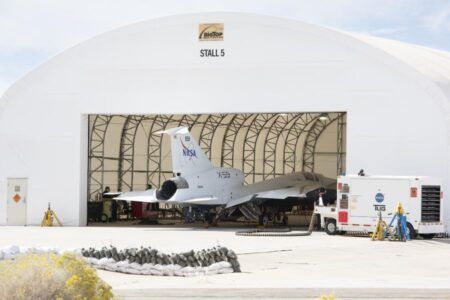GE Aerospace is building up facilities before it starts testing the second T901-GE-900 development rotorcraft engine that will begin testing next year.
The T901 engine will power the US Army’s UH-60 Black Hawk, AH-64 Apache, and Future Attack Reconnaissance Aircraft (FARA).
Tom Champion, GE’s T901 program director said, “Testing of the first T901 engine was very successful with the engine accumulating more than 100 hours of run time. We were impressed with the performance and condition of the engine’s compressor, combustor, and turbine sections as well as the 3D-printed manufactured parts and ceramic matrix composite (CMC) components.”
The second T901 engine will undergo performance and controls testing in an upgraded test cell at GE’s Lynn, Massachusetts facility. GE engineers have upgraded three Lynn test cells for the T901 EMD engine test program. Upgrades included new systems to absorb the engine’s increased power, allow for no-load operation, improve instrumentation capability, and advance engine test controls. The second development engine will then travel to GE’s Evendale, Ohio, facility for altitude testing.
A total of eight T901 engines will be part of a multi-year test campaign to the US Army Military Airworthiness Certification Criteria standards. These standards will ensure an engine meets the US Army’s requirements for design, production, and airworthiness.
Once all testing is complete, the T901 engine will have undergone close to 1,500 hours of full-scale ground testing for preliminary flight rating and close to 5,000 hours of testing for full engine qualification.
Compared to its T700 predecessor, the 3,000 shaft horsepower T901 engine provides 50% more power, enabling the US Army to regain the Black Hawk and Apache aircraft’s payload and range capabilities in high and hot environments.
The engine offers 25% better specific fuel consumption, which means less fuel usage and fewer carbon emissions. Increased component durability reduces life cycle costs. The T901 also maintains the same aircraft mounting and installation envelope as the T700 for easy retrofitting on the existing fleet.





